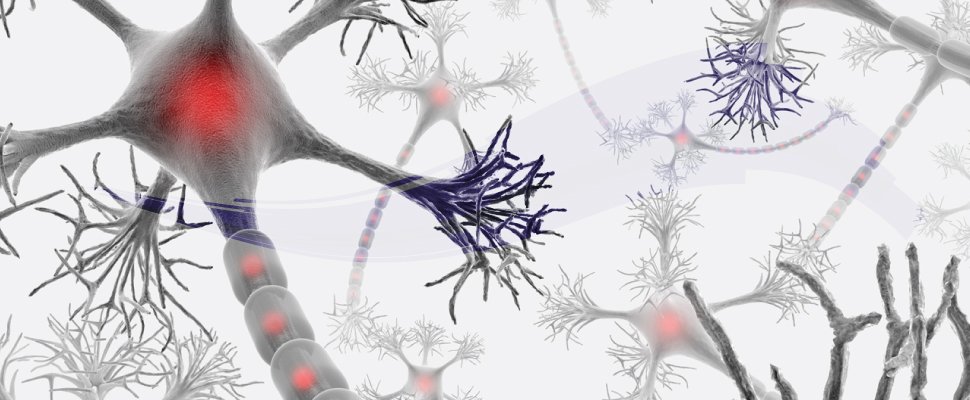


By Admin | 21/09/2017 | 5 Comments

Neu5Ac and Kdn appear to be the metabolic precursors for all known animal Sias (see Figure 14.4). In vertebrate systems, they are derived by condensation of ManNAc-6-P (for Neu5Ac) or Man-6-P (for Kdn) with phosphoenolpyruvate. The ManNAc-6-P is produced by a bifunctional enzyme (encoded by GNE) that converts UDP-GlcNAc to ManNAc-6-P and UDP in two steps. Missense mutations in this gene give rise to hereditary inclusion body myopathy (HIBM) in humans (see Chapter 42), and inactivation causes embryonic lethality in the mouse. Condensation of the sugar phosphates with phosphoenolpyruvate yields the corresponding Sia-9-phosphates, which must be dephosphorylated by a specific phosphatase (encoded by NANP), giving free Sias in the cytoplasm. In contrast, Neu5Ac biosynthesis in prokaryotes involves condensation of ManNAc with phosphoenolpyruvate, giving nonphosphorylated Neu5Ac (Figure 14.4). Notably, various synthetic unnatural mannosamine derivatives can be utilized by the Sia biosynthetic machinery, allowing manipulation of the chemical structures of cell-surface sialic acids (see Chapters 49 and 50).
The transfer of Sias from CMP-Sias onto newly synthesized glycoconjugates passing through eukaryotic Golgi compartments is catalyzed by a family of linkage-specific sialyl-transferases (STs), most of which have been cloned and characterized from multiple species. As with most other glycosyltransferases, STs are type II membrane proteins with complex signals dictating Golgi localization. Shared amino acid sequence motifs (called sialylmotifs) were found in the first STs cloned and were then used to clone new family members (see also Chapters 5 and 7). These evolutionarily conserved regions seem to represent substrate-binding sites, especially for CMP-Sia recognition. In striking contrast, prokaryotic STs do not have sialylmotifs, and in several instances they do not even show homology to one another. This suggests that prokaryotic STs have arisen independently on more than one occasion. Regarding substrate specificity, several eukaryotic STs exhibit distinct preferences for glycolipids, glycoproteins, or poly/oligosaccharides, the structure of the acceptor glycan, the nature of the accepting terminal monosaccharide, or the type of Sia linkage formed. Interestingly, the specificity of prokaryotic STs is less pronounced. Modified Sias, such as Neu5Gc or O-acetylated species, are also transferred after activation to the CMP form. Some mammalian STs transfer both Neu5Ac and Kdn, but others transfer only one or the other. A “trans-sialidase” activity is present in some pathogenic trypanosome species and some bacteria, which directly transfers Sia from one glycosidic linkage to another (on galactose), without using CMP-activated Sia (see below and Chapter 40). Although trans-sialidases are specific with regard to the glycosidic linkage they generate (α2-3), they are rather promiscuous with regard to the nature of donor or acceptor substrates.